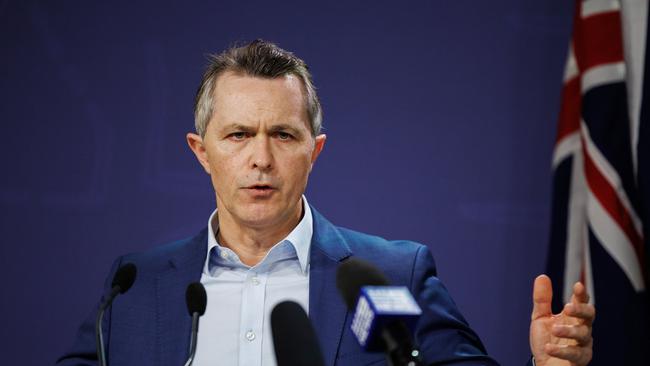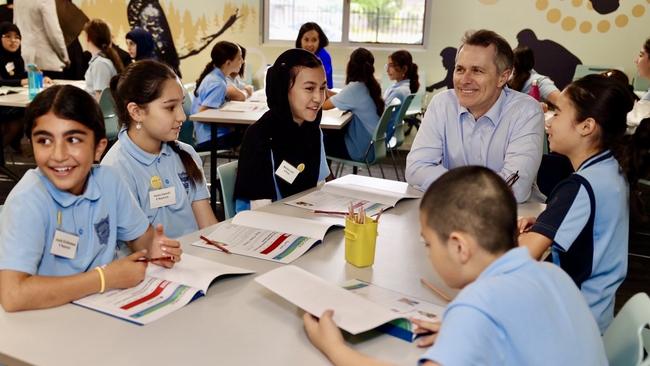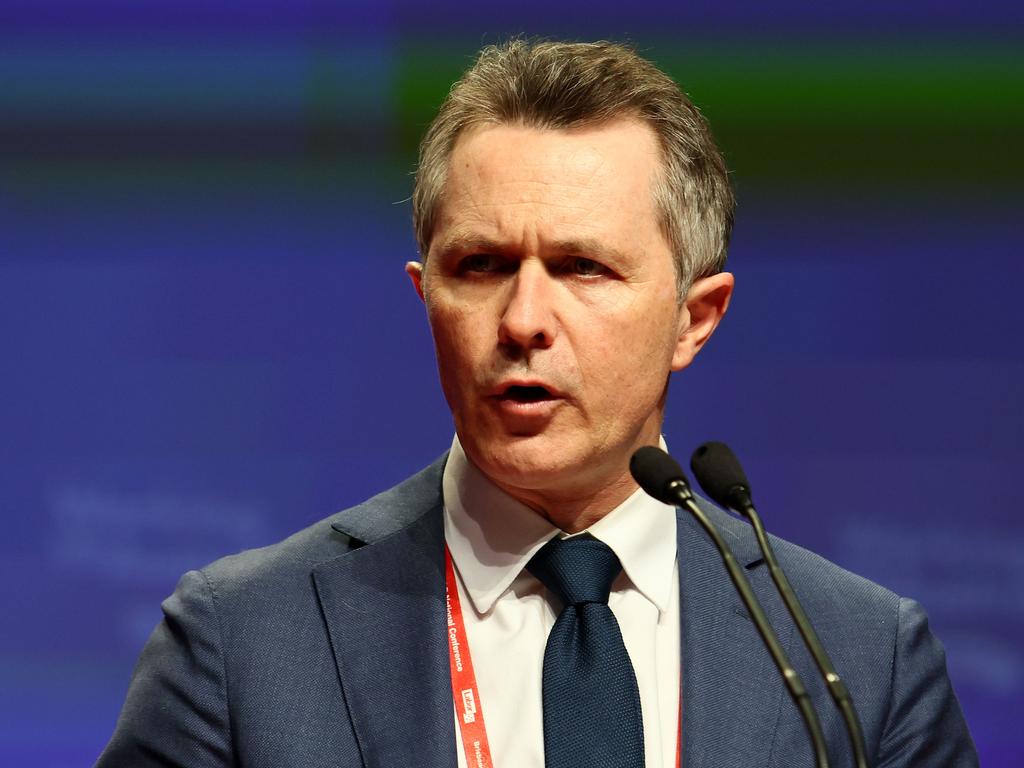
The context of this seeming agreement is the massive surge in migrant numbers over the past two years, ever since the pandemic restrictions were lifted. The most recent figure for net overseas migration – the difference between long-term arrivals and long-term departures – was 549,000 in the year ending in the September quarter last year. This is a historic high.
The largest single group in the NOM by far is international students (50 per cent), followed by permanent migrants (25 per cent). Only 5 per cent of the NOM is temporary skilled workers. To reduce the NOM, it is absolutely essential to reduce the number of new international students.
It is clear the net migrant inflow has had a number of negative effects and is unsustainable. The fact the vast majority of these newly arriving migrants are destined for Sydney or Melbourne is also an important consideration.
With blockages to any rapid increase in the supply of new housing, it has been apparent for some time that migration of the scale we have seen has placed additional pressure on housing, particularly for rent. This in turn has been associated with extraordinarily low vacancy rates as well as soaring rents. (The figure of only 4 per cent of properties being rented to international students is highly misleading: it’s the change that matters, not the average figure.)
At the same time, migrants have taken jobs across a variety of fields, including in areas of significant workforce shortage. International students work predominantly in hospitality and retailing, but also fill jobs in aged care and childcare. Interestingly, very few migrants, including recently arrived ones, work in construction. According to the Grattan Institute, a mere 0.5 per cent of all construction workers are on temporary skill visas.
Multiple surveys indicate a very strong preference among voters for the migrant intake to be significantly reduced. Both the Coalition, in the past, and Labor, until recently, have been wont to ignore public opinion on this point, preferring to accede to the demands of educational institutions, businesses and property developers for large migrant numbers.
Weirdly, most state governments have also supported large migrant intakes – there are specific state visas – notwithstanding the fact that many of the costs of recently arrived migrants are borne by them. The Treasury continues to push for high immigration on the basis of assumption-driven estimates of the net fiscal benefits of permanent skilled migrants, who actually make up a relatively small proportion of the NOM.
So what are the positions of the two parties? The Labor government is now planning for the NOM to come in at 395,000 this financial year, an increase of 20,000 from its most recent estimate. Recall here that Treasury had estimated the figure at only 315,000 in last year’s budget. Next financial year, Labor is planning for the NOM to be only 260,000, then 255,000 in the subsequent financial year. These figures are still well in excess of the long-run average for the NOM.

The government is also attempting to reduce the number of international students, which is currently at an all-time high. Various measures have been put in place, such as insisting on higher levels of competence in English. Visa rejection rates for applicants from certain countries have risen. The overall rate of acceptance for students from China, however, remains close to 100 per cent.
Education Minister Jason Clare has released a new policy on controlling numbers of international students, backed up by legislation. It talks about “sustainable growth”, which on the face of it, doesn’t look like a decline. Certain “dodgy” colleges are being targeted, which rather begs the question of why enrolments were ever allowed in these colleges.
With some 1400 institutions enrolling international students, the proposal is for the minister to negotiate soft caps on international student enrolments with each one, with account being taken of efforts by them to build additional accommodation for international and domestic students.
If that sounds like a bureaucratic lake of treacle, you wouldn’t be wrong. In particular, the leaders of the Group of Eight are sighing with relief, content in the belief they will not have to reduce their lucrative intake of international students. The numbers at some universities are just astonishing. Sydney University has more than 35,000 international students, mainly from China, and they account for close to 50 per cent of all enrolments. Last year, Sydney University recorded a surplus – we can call this a profit – of around $1.4bn, on which no tax is paid.
As I have explained before, the idea that international education is an export industry is stretching a point. But whereas other exporting companies, particularly our mining companies, pay tax on their profits, the universities do not. In many ways, international education looks more like a racket than a normal industry, benefiting the institutions and the highly paid staff but creating few spillover benefits for the wider community.
There is also the very important issue of the diminution in the quality of the offerings for domestic students. They are commonly forced to undertake group assignments with international students with very poor language skills. They end up doing all the work, but the final mark is shared by the whole group. Last time I looked, degrees are awarded to individuals, not groups. There is also the issue of cheating, which is not well-controlled.
The Coalition’s policy as laid down in its budget-in-reply speech is in two main parts. First, the permanent migrant intake will be reduced from 185,000 to 140,000, with slight increases in subsequent years. Secondly, there will be a concerted effort to reduce the level of international student enrolments at the big universities in Melbourne and Sydney, in particular. It remains to be seen if an elected Coalition government would actually stand firm in this quest to reduce international student numbers. But on the face of it, this aspect of its policy looks much more determined than Labor’s.
It boils down to a case of compare and contrast. Labor claims to have the issue of migrant numbers, under control betting that larger numbers of departures will assist in getting the net numbers down. But the policy looks weak and impractical. The Treasurer will also be keen to avoid the possibility of a recorded recession in the event of a rapid decline in migrant numbers.
The Coalition’s plan to reduce the permanent migrant program by 25 per cent looks much more aggressive. Clamping down on the number of international students will require courage and determination against a likely avalanche of self-interested resistance. It remains to be seen whether it can be achieved.








Are the government and opposition on a unity ticket when it comes to migration? They share the aims of reducing the migrant intake as well as cutting back on the number of international students. Both sides have even put some figures on their ambitions.